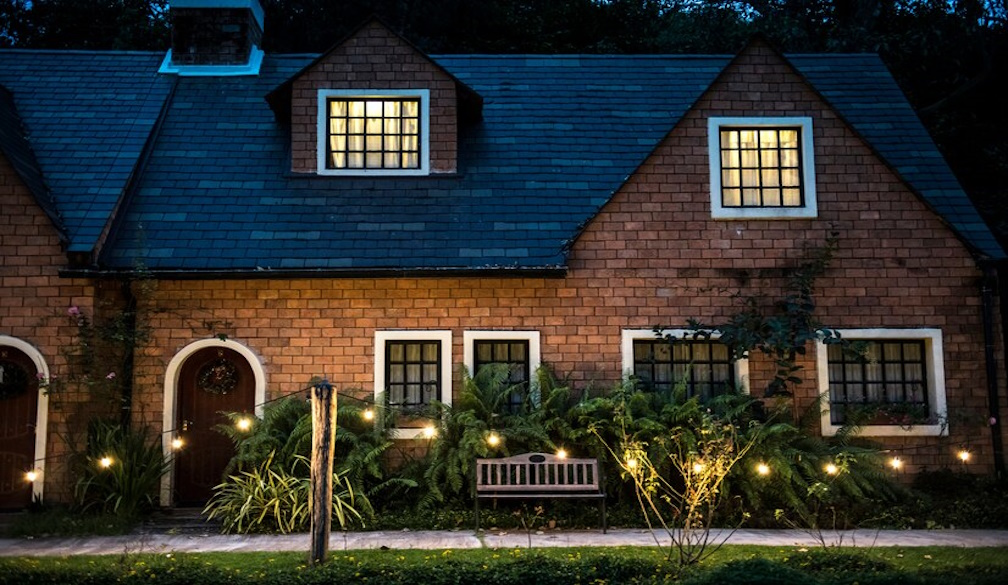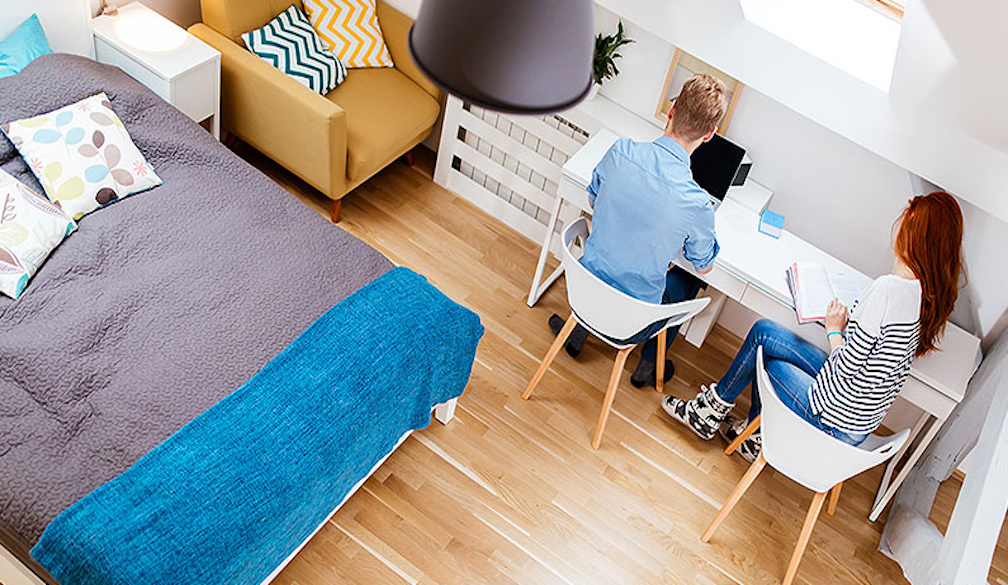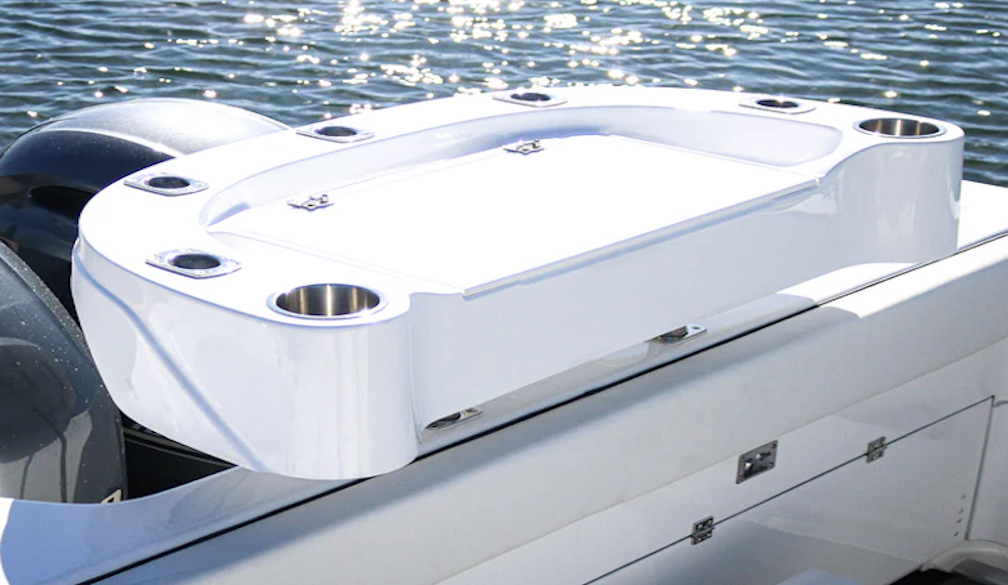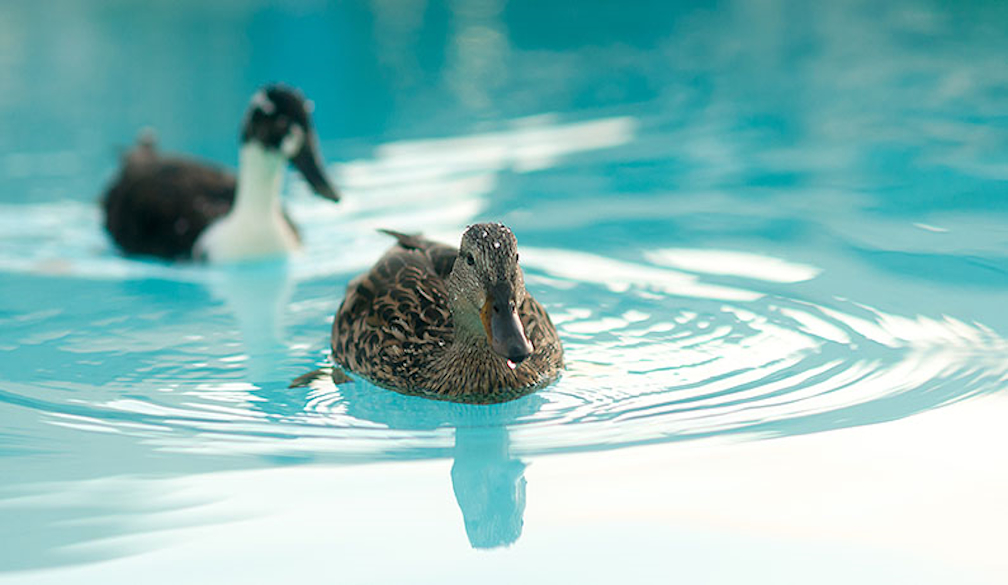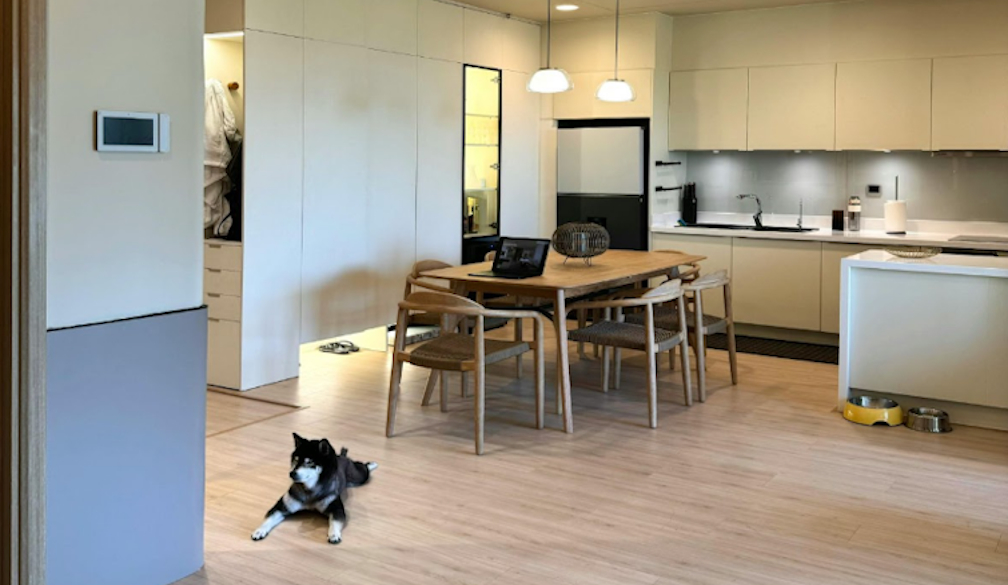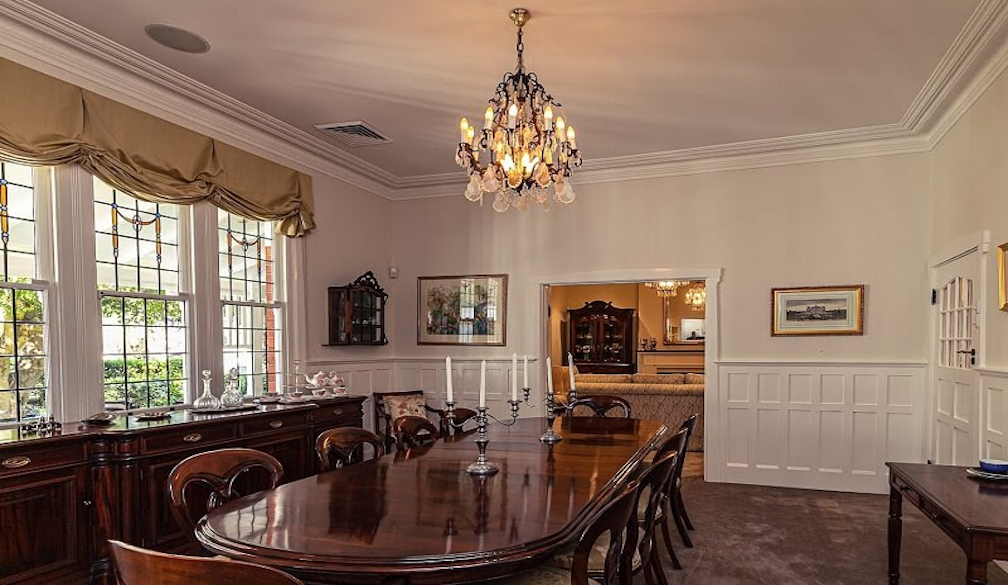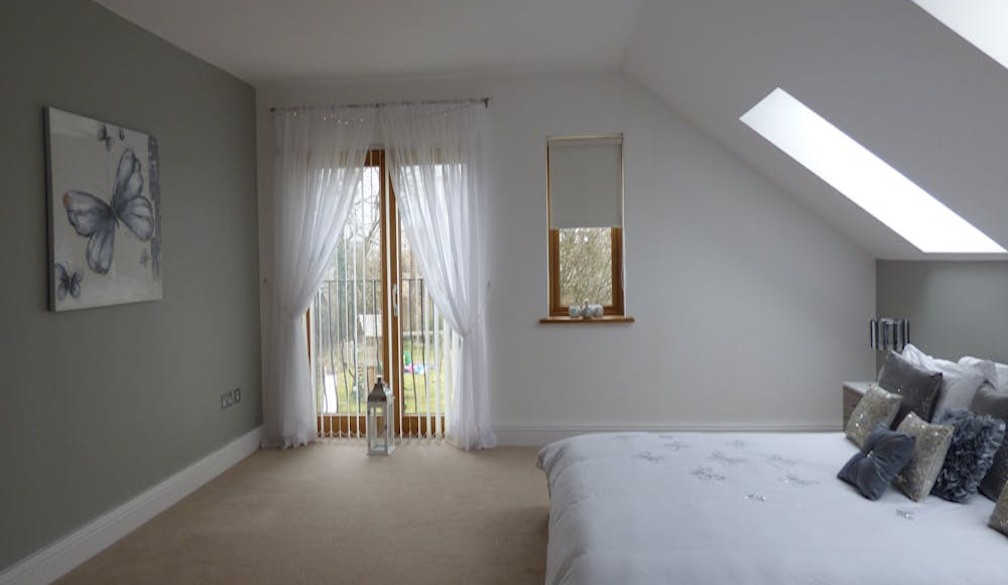How to Design a Modern Garden
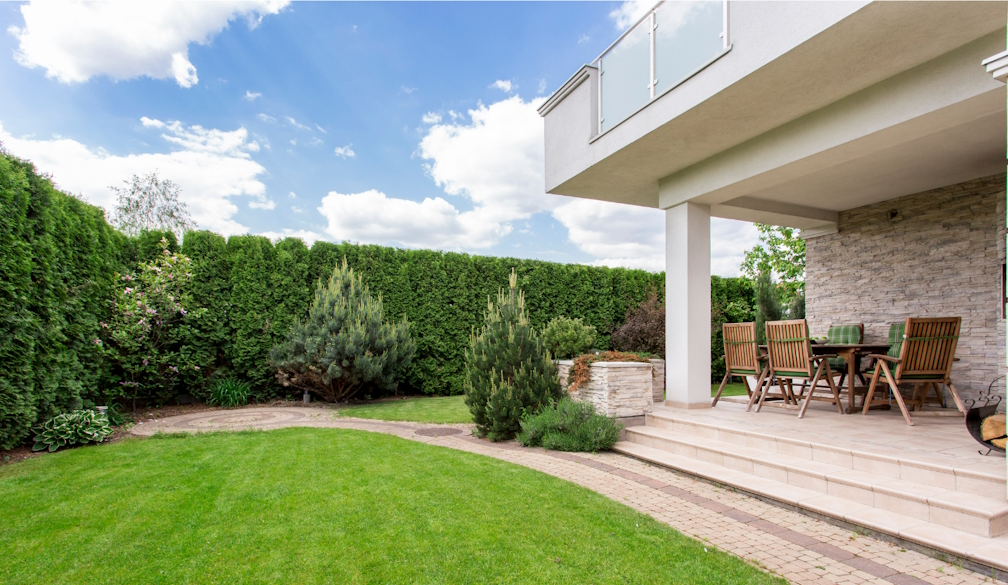
The Importance of Modern Garden Design
Designing a modern garden is not just about creating a visually appealing space; it's about creating an outdoor environment that seamlessly integrates with your lifestyle. A well-designed modern garden can serve as an extension of your home, providing a place to relax, entertain, and connect with nature. It adds value to your property and enhances your overall well-being.
In a world where our lives are becoming increasingly busy, a modern garden offers a sanctuary where you can escape from the chaos and find tranquility. Whether you have a small courtyard or a sprawling backyard, the principles of modern garden design can be applied to create a space that is both functional and aesthetically pleasing.
Elements of Modern Garden Design
When it comes to modern garden design, simplicity is key. Clean lines, minimalism, and an emphasis on open spaces are the fundamental elements that define this style. Start by decluttering your outdoor space and removing any unnecessary elements. Clear the area of excessive ornaments, bulky furniture, and overgrown plants that may hinder the sleek and minimalist look you want to achieve.
Next, consider the layout of your garden. Modern gardens often feature straight pathways and geometric shapes. Divide your outdoor space into different zones, such as seating areas, dining spaces, and greenery. This will help create a sense of order and organization.
Choosing the Right Plants for a Modern Garden
In a modern garden, the choice of plants is crucial. Opt for plants that have a sleek and architectural look, such as ornamental grasses, succulents, and bamboo. These plants not only add visual interest but also require minimal maintenance. Avoid plants that tend to grow wild or require constant pruning, as they can disrupt the clean lines and simplicity of your modern garden.
Consider incorporating evergreen plants into your design, as they provide year-round structure and require less maintenance than seasonal plants. Experiment with different textures and shapes to create visual contrast and depth in your garden. Group plants together in clusters rather than scattering them throughout the space to create a more cohesive and impactful design.
Incorporating Minimalist Features in Your Garden Design
To achieve a truly modern look, incorporate minimalist features into your garden design. Choose furniture and accessories that have clean lines and a sleek finish. Opt for neutral colors, such as black, white, or gray, to create a sophisticated and timeless look. Minimalist seating options, such as modular sofas or sleek benches, can help create a contemporary and inviting outdoor living space.
Consider incorporating natural materials, such as wood or stone, into your garden design. These materials add warmth and texture while maintaining the simplicity of the overall design. Avoid excessive ornamentation or intricate patterns, as they can detract from the modern aesthetic you're trying to achieve.
Creating Focal Points in a Modern Garden
Focal points are essential elements in modern garden design, as they draw the eye and create visual interest. Consider installing a water feature, such as a sleek fountain or a minimalist pond, as a focal point in your garden. This not only adds a sense of tranquility but also serves as a striking design element.
You can also create focal points using sculptures, art installations, or architectural features. These focal points should be strategically placed throughout your garden to create a sense of balance and harmony. Remember to keep the design simple and avoid overcrowding the space with too many focal points, as this can create a cluttered and overwhelming look.
Using Color and Texture in Modern Garden Design
While modern garden design primarily focuses on clean lines and simplicity, color and texture play an important role in creating visual interest and depth. Opt for a limited color palette, using mainly neutral tones with occasional pops of vibrant color to create focal points.
Experiment with different textures, such as smooth stone, rough concrete, or soft grass, to add visual and tactile interest to your garden. Incorporate textures through the use of materials, such as textured planters or patterned paving, to create contrast and enhance the overall design.
Sustainable Practices in Modern Garden Design
Incorporating sustainable practices into your modern garden design not only benefits the environment but also adds value to your space. Consider using native plants that are adapted to your climate and require less water and maintenance. Install a rainwater harvesting system to collect and reuse rainwater for irrigation purposes.
Opt for permeable paving materials, such as gravel or permeable concrete, to reduce water runoff and promote groundwater recharge. Incorporate composting systems or worm farms to manage organic waste and create nutrient-rich soil. By implementing these sustainable practices, you can create an eco-friendly and efficient outdoor space that aligns with modern garden design principles.
Adding Lighting and Accessories to Enhance the Modern Look
Lighting is an essential aspect of modern garden design, as it not only enhances the aesthetics but also extends the usability of your outdoor space into the evening hours. Consider installing sleek, low-profile lighting fixtures that blend seamlessly with the overall design. Use lighting to highlight focal points, pathways, and seating areas, creating a warm and inviting atmosphere.
In addition to lighting, carefully selected accessories can help enhance the modern look of your garden. Incorporate minimalist planters, abstract sculptures, or contemporary outdoor furniture to add personality and style. Remember to keep the accessories minimal and cohesive with the overall design to maintain a clean and sophisticated look.
Maintaining a Modern Garden
Once you have designed your modern garden, regular maintenance is essential to keep it looking its best. Create a maintenance schedule that includes tasks such as pruning, weeding, and fertilizing. Regularly remove any fallen leaves or debris to maintain a clean and tidy appearance.
Stay on top of watering needs, ensuring that plants receive adequate moisture without overwatering. Monitor the health of your plants and address any issues promptly to prevent them from spreading and impacting the overall look of your garden.
Conclusion: Enjoying Your Modern Garden Space
Designing a modern garden is an exciting journey that allows you to create a space that reflects your style and enhances your outdoor living experience. By incorporating the principles of modern garden design, selecting the right plants and materials, and incorporating sustainable practices, you can transform your backyard into a modern oasis.
Remember to focus on simplicity, clean lines, and minimalism, and to create focal points that draw the eye and add visual interest. Pay attention to the use of color, texture, lighting, and accessories to enhance the overall modern look and feel of your garden.
With regular maintenance and care, your modern garden will continue to evolve and bring you joy for years to come. So, roll up your sleeves, embrace your creativity, and get ready to design a modern garden that you can truly enjoy and be proud of. Happy gardening!



